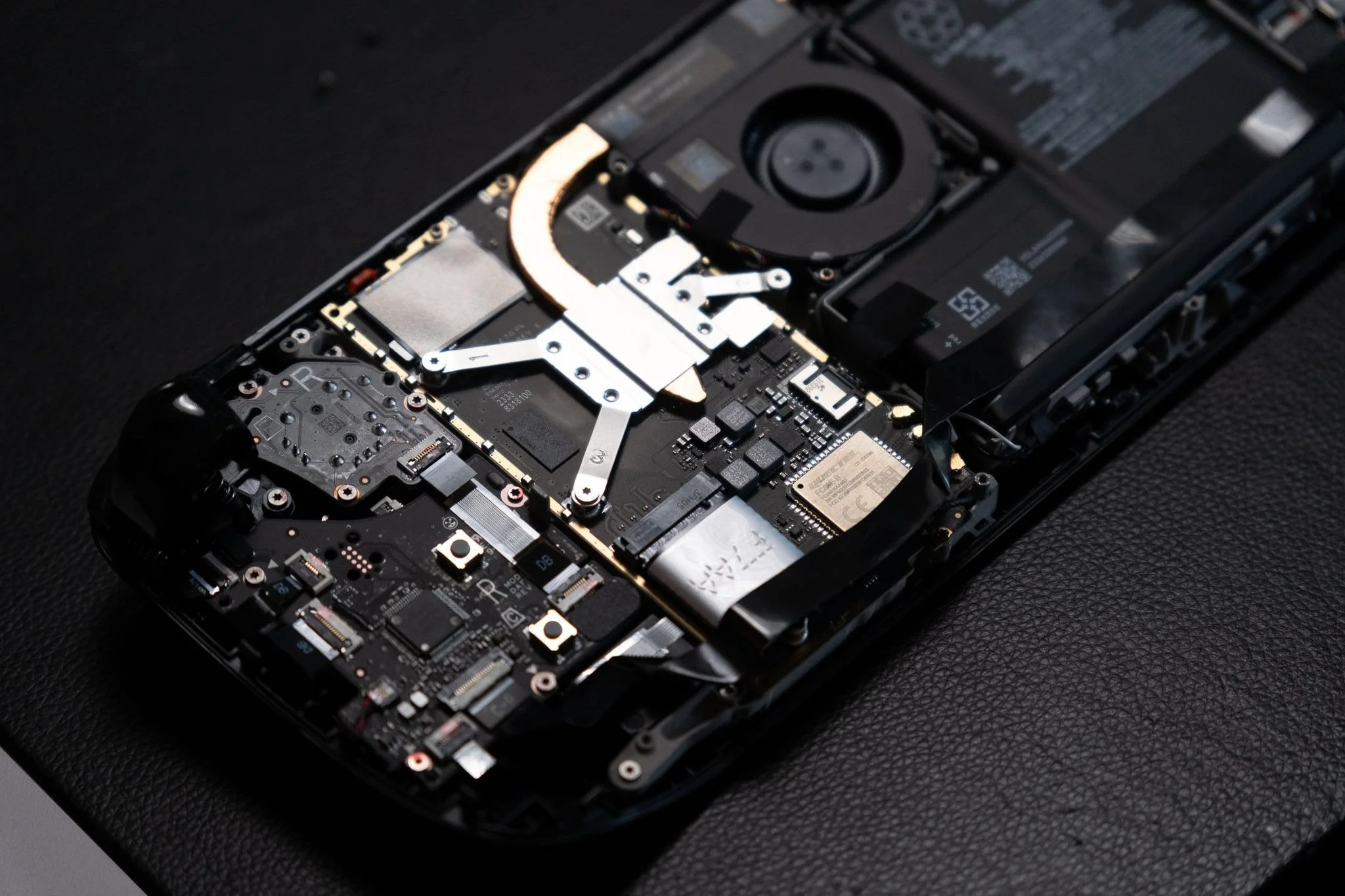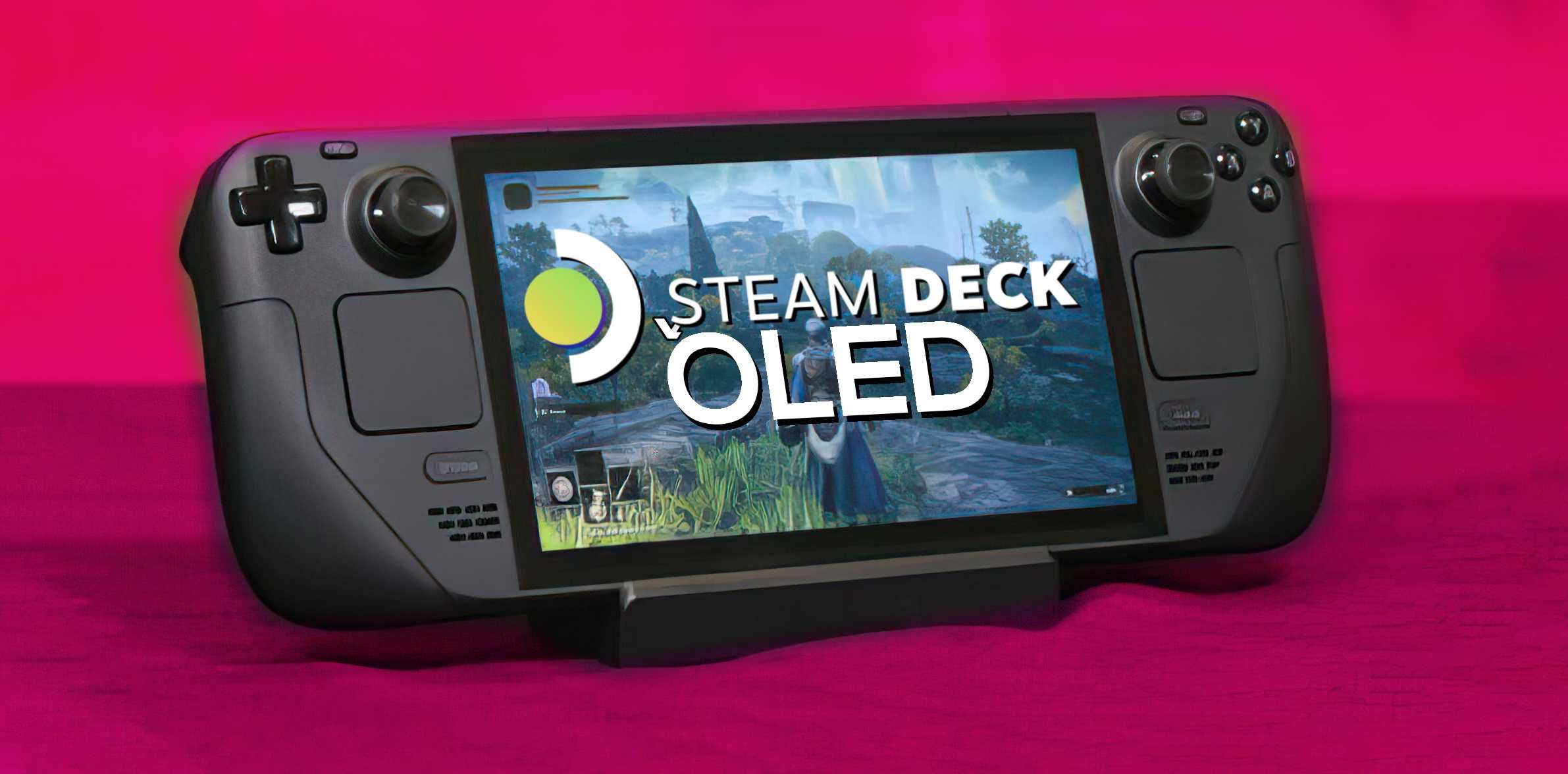Hardware Breakdown Presents: Valve's Steam Deck OLED
Of all the devices profiled on hardware Breakdown, I'm most excited about examining what's under the hood of Steam Deck OLED—the best and most powerful mobile device. From various publications, the reviews for the Steam Deck are positive. Check the boxes in everything you're looking for in a handheld gaming console. What makes the Steam Deck OLED so potent and highly praised? Let's find out.
The entire APU
Like the PlayStation 5, the Steam Deck OLED uses an AMD APU measuring 6nm. The Zen 2 processor is fast for a handheld; frequency speed can go from 2.4 to 3.5GHz, up to 448 GFlops. The 8 RDNA GPU has a 1.66GHz frequency speed with 1.6 TFlops. Despite being such a powerful APU for a handheld console, it uses just 4 to 15 Watts of power.
Image source: The Verge
On the RAM and Storage side
Apple's latest M3 MacBook Pro entry-level option offers only 8GB. Odd, considering its $1599 price point. With the Steam Deck OLED, you get 16GB LPDDR5 of onboard RAM, 6400 MT/s, and quad 32-bit channels. Regarding storage, you have two options: 512GB NVMe SSD or. 1TB NVMe SSD. Interestingly, both options include a high-speed microSD card slot for extra storage.
The display
The pinnacle selling point of the Steam Deck OLED is the display, hence the branded name. The display type is HDR OLED, with a 1200 x 800 RGB resolution. The maximum brightness is at an insane 1000 nits peak (HDD). Interestingly, the device refresh rate peaks at just 90Hz. Something I wouldn't expect from a mobile device with an OLED display.
The battery power
Some graphically intense games are made for the Steam Deck OLED, so I don’t expect the battery life to last beyond four hours before the device needs to be charged. This is a 50Wh battery that is made for 3-12 hours of game gameplay.







